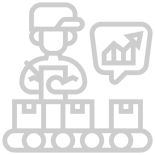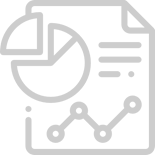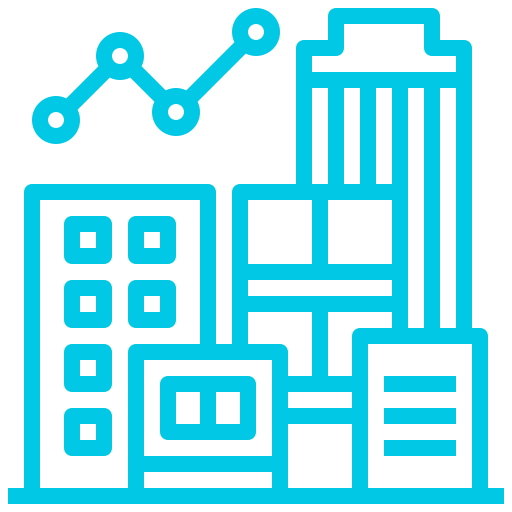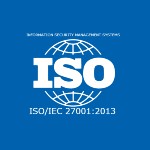Competitive intelligence across the value chain: turning insights into impact
Posted by | Fuld & Company
Competitive intelligence (CI) is no longer confined to sales decks and strategic planning meetings.
The most competitive companies are embedding CI across the entire business—from product development and supply chain to pricing and talent acquisition. By enabling faster, evidence-based decisions, CI is helping organizations reduce risk, anticipate disruption, and outmaneuver the competition.
At Fuld, we’ve seen how CI becomes a force multiplier when adopted across departments. Below, we explore how each function can use CI—and share real-world examples that illustrate its impact.
Product innovation: identifying whitespace and de-risking development
CI in product development helps teams understand where the market is heading, what customers expect, and how competitors are evolving their offerings. By tracking trends in product features, packaging, and consumer demand, CI allows innovation teams to design with clarity—and speed.
Case Study: A plumbing fixture manufacturer used CI to benchmark competitors’ feature sets and innovation roadmaps. By identifying gaps in the market and areas of oversaturation, they accelerated the development of a new product line that aligned with rising consumer preferences—cutting their typical concept-to-launch time in half.
Supply chain and procurement: strengthening resilience through foresight
Procurement and supply chain leaders use CI to monitor supplier moves, anticipate sourcing bottlenecks, and respond quickly to external threats. Competitive intelligence provides early signals on shifts in raw material pricing, changes in logistics networks, and competitor sourcing strategies.
Case Study: An FMCG company worked with Fuld to map out its competitors’ supplier relationships and sourcing shifts in key regions. When indicators suggested a looming raw material shortage, the company secured alternate suppliers and negotiated new contracts—giving them cost advantages before the wider industry felt the pinch.
Marketing and customer experience: understanding how your competitors are positioning
Marketing teams use CI to uncover how competitors are messaging their value propositions, differentiating their offerings, and engaging customers across touchpoints. This insight fuels stronger campaigns and more resonant customer experiences.
Case Study: A retail client used CI to assess how top competitors were evolving their loyalty programs and digital CX strategy. By analyzing these trends alongside customer sentiment data, they redesigned their own omnichannel experience—boosting digital engagement and brand loyalty.
Pricing strategy: setting prices with confidence in dynamic markets
In pricing, CI is used to track shifts in competitors’ pricing models, bundling strategies, discounts, and channel dynamics. It provides the intelligence needed to adjust price points, avoid margin erosion, and respond smartly to competitive moves.
Case Study: A healthcare disruptor leveraged CI to monitor payer reimbursement trends and price shifts across competitors in adjacent markets. This gave them the confidence to hold their price point during contract negotiations while remaining aligned with market expectations—protecting both revenue and positioning.
HR and talent: staying competitive in the battle for skills
Human Resources can use CI to benchmark compensation, monitor talent acquisition strategies, and understand how competitors are building employer brands. This intelligence can help reduce attrition and close hiring gaps in strategic roles.
Case Study: A technology firm wanted to strengthen its data science team but was facing high turnover. By tracking how competitors were hiring, compensating, and developing similar roles, they adjusted their talent strategy—including comp bands and training programs—resulting in higher retention and faster hiring.
R&D and innovation: tracking the future before it arrives
In R&D and long-range innovation, CI offers early warning signals on emerging technologies, patent activity, and disruptive competitors. This enables more informed portfolio planning and helps organizations place smarter bets on future growth areas.
Case Study: One industrial manufacturer used CI to track startup activity and adjacent tech developments in clean energy. Insights on funding rounds and patent filings helped them identify potential partners and pre-emptively invest in capabilities that would later prove critical to maintaining their market position.
CI isn’t just a function—it’s a shared capability
Organizations that treat CI as a standalone function often miss out on its full value. When embedded across teams, CI becomes a shared capability that drives alignment, agility, and competitive advantage at every level.
Our recent webinar—Beyond Sales & Strategy: How to Leverage Competitive Intelligence Across Your Entire Business—features firsthand insights from our experts on how CI is being successfully applied across departments. From procurement to marketing, see how companies are turning intelligence into advantage.
At Fuld, we help businesses unlock that value by designing CI programs that serve the entire enterprise—not just the strategy team. We bring the tools, expertise, and scalable systems to help you make intelligence actionable across functions.
Contact us to learn more about how CI can add value across your value chain.
Tags: Competitive Intelligence, Competitive Strategy, Market Analysis, Strategic Planning



















